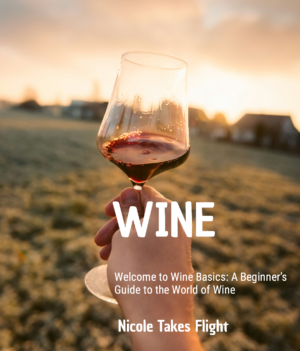5 Must-Try Dishes That Tell a Story
Central American food is a feast for the senses—a land where volcanic soil grows vibrant ingredients, coastal breezes season the air with sea salt, and every plate has a story. On my travels through this diverse region, I’ve come to believe that the best way to understand a country is to eat like a local. From bustling street markets in Guatemala to beachside eateries in Belize, here are five dishes you absolutely must try in Central America—and the rich traditions behind them.
1. Pupusas – El Salvador’s Soul Food
If there’s one dish that captures the heart of El Salvador, it’s the pupusa. These thick, handmade corn tortillas are filled with cheese, beans, pork (chicharrón), or loroco (a local edible flower), then griddled until golden. Served with curtido—a tangy cabbage slaw—and a spoonful of tomato salsa, pupusas are simple yet deeply comforting.
Tradition: Pupusa-making is often a family affair, passed down through generations. Every second Sunday of November is National Pupusa Day in El Salvador, when entire communities come together to celebrate this beloved dish with open-air feasts and music.
2. Gallo Pinto – The Breakfast of Nations (Costa Rica & Nicaragua)
A symbol of regional pride (and friendly rivalry), gallo pinto is a deceptively simple dish of rice and beans sautéed with onions, peppers, and cilantro. In Costa Rica, it’s often served with eggs, fried plantains, and sour cream. In Nicaragua, you’ll find it on breakfast plates with fried cheese and tortillas.
Tradition: Gallo pinto is more than a meal—it’s a ritual. It’s often cooked in large batches for breakfast or family gatherings and considered essential for starting the day right. Many locals say, “Si no hay gallo pinto, no hay desayuno.”
3. Sopa de Caracol – A Taste of the Caribbean (Honduras)
This luscious conch soup hails from the Caribbean coast of Honduras and blends African, Garifuna, and Spanish influences. Made with coconut milk, cassava, plantains, and spices, it’s a tropical comfort food with a rhythm all its own.
Tradition: The soup is closely tied to the Garifuna people, descendants of West African, Carib, and Arawak heritage. Their food, music, and language form a vital part of Honduras’ cultural fabric, especially in places like La Ceiba and Roatán.
4. Tamales – Wrapped in Flavour Across the Region
Found in nearly every Central American country, tamales are steamed parcels of masa (corn dough) filled with meats, vegetables, or sweet fillings, all wrapped in banana leaves or corn husks. Each country, and even region, has its own version—from Guatemalan tamales colorados to sweet Costa Rican tamales navideños.
Tradition: Making tamales is a festive event, especially during Christmas and New Year. Families gather to prepare dozens (sometimes hundreds!) of them, chatting and laughing as generations share the labor of love and the passing down of recipes.
5. Rellenitos de Plátano – Guatemala’s Sweet Surprise
For a sweet bite, nothing beats rellenitos—mashed sweet plantains filled with black beans and sugar, then lightly fried and dusted with cinnamon. This unlikely combo is both dessert and comfort food, with soft textures and an earthy sweetness.
Tradition: Rellenitos are often sold at local street stalls and markets, especially during festivals. They reflect the Guatemalan knack for turning humble ingredients into something deeply satisfying, with Mayan and Spanish influences in every bite.
Eating Through Central America
Central America isn’t just a region you visit—it’s one you taste. The food here is humble but layered, influenced by ancient civilizations, colonial legacies, and indigenous creativity. Each dish is a passport into tradition, and every bite is a memory waiting to be made.
So, whether you’re savouring a street-side pupusa in San Salvador or waking up to gallo pinto on a Costa Rican mountainside, remember: the best travel stories often start with a fork.

